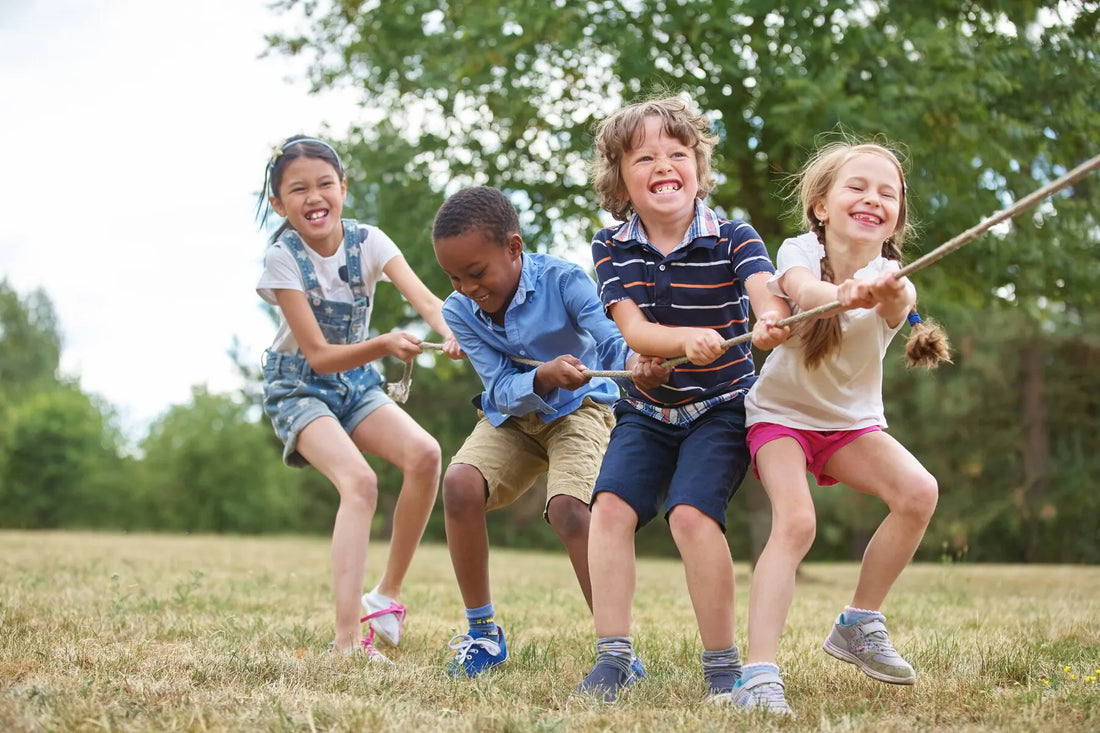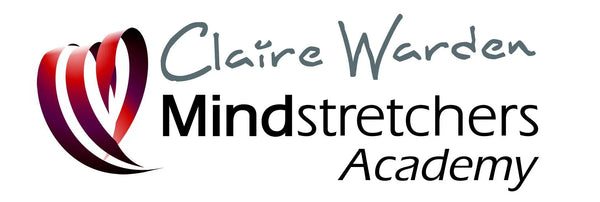
Enhancing Education Through Collaborative Practices
Claire WardenCollaboration isn’t just a skill - it’s a foundation for meaningful learning.
In early years education, collaborative practice can change your classroom into somewhere where learning and collective growth can thrive.
However it also goes beyond those of you at your setting. It includes the whole community that exists around a child - from their families and care givers, to figures in the wider community.
The Benefits of Collaboration
Collaboration invites new perspectives and ideas from those around you. It provides opportunities to model social skills and encourages interactive opportunities.
Collaboration has a natural way of encouraging children to have meaningful discussions. This nurtures the ability to share ideas and learn from one another which leads to deeper a understanding and improved learning outcomes.
All of this makes learning experiences more memorable and joyful for both yourself and your children.
Working together in groups helps children develop key social skills like communication, empathy, and cooperation which is crucial for children to build relationships and understand how to act social situations.
Of course, this can be extended to you as an educator.
By establishing collaboration in your own day to day practice, or leadership, you too can learn from peers, share best practices, reflect on their teaching methods, all the while modelling these great skills for your children.
Collaborative practices are about more than just teamwork - it's about creating a culture of inclusivity, mutual respect, and shared responsibility.
How To Introduce Collaborative Practices
For us, it all starts with Floorbooks.
You can use Floorbooks as a tool to facilitate collaborative documentation amongst educators, children and the rest of the community around that child.
For example, if children were exploring the idea of "puddles," you can record their observations and questions around how and why puddles form. Write down their exact words and include some drawings and photos.
You can then facilitate discussions which explore their ideas further and document their reflections.
The next step is then to include families and the wider community by inviting them to contribute their own knowledge, which might be around weather patterns and personal experiences.
This collaborative documentation creates a rich learning journey and enhances communication and engagement among children, educators, and the community.
